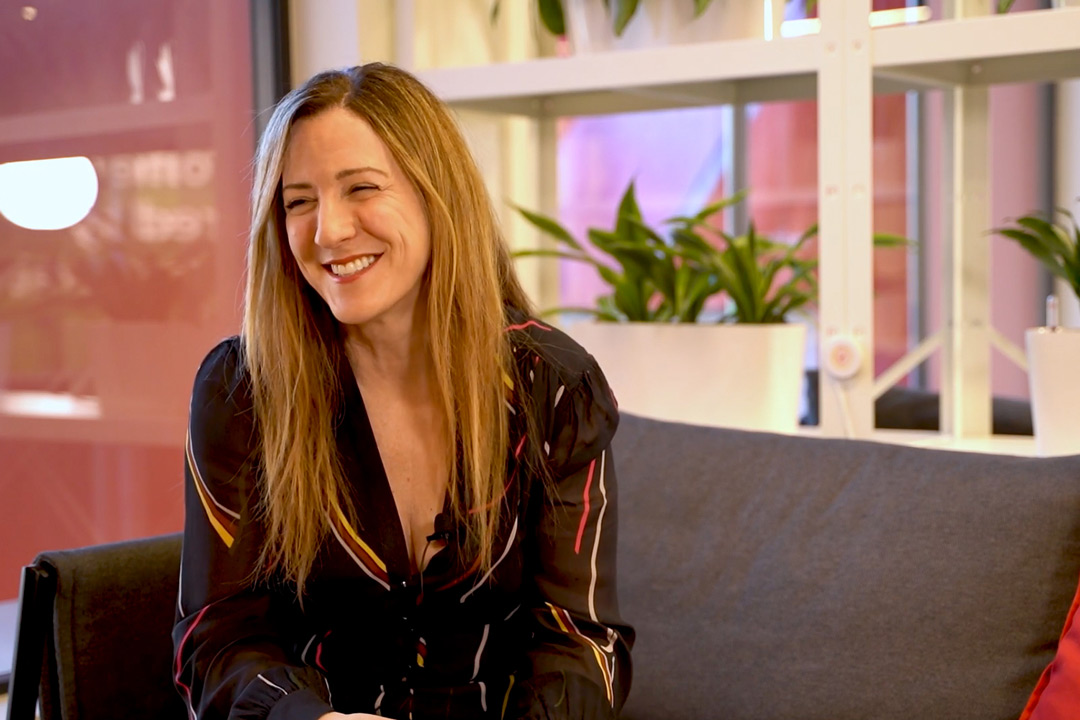The world has changed and regulation needs to change with it if we are to forge the online future we all want.
This week saw the conclusion of one of the technology industry’s most important consultations – Ofcom’s review of net neutrality. As a result, the regulator is proposing to redefine its relationship with the industry, and we couldn’t be more supportive of the updated guidance and clarity on net neutrality.
Now that Ofcom have taken it as far as they can, the hope is that Government legislation centred around a Code of Practice and key principles, supplemented as required by more detailed regulations and guidance, will be put in place. This will end prescriptive legislation that acts as a barrier to investment and innovation in a fast-moving digital world, and ultimately, benefit the UK consumer.
Net neutrality is a complex issue. It protects an open internet, where UK consumers and businesses benefit from all digital has to offer. There are few that could argue with the virtues.
However, the initial rules were written in a very different time to today. Although written just nine years ago, but such is the speed at which technology evolves that, the rules were too rigid to encourage innovation.
If the UK is to be at the forefront of the global technology industry, we need a policy environment which acts as a catalyst. Ofcom has taken the first steps in evolving net neutrality – now we need action from the Government.
It’s an incredibly important tool as we design new services and tariffs.
Why does net neutrality limit innovation?
Net neutrality rules prevent discrimination in the delivery of internet traffic. In broad terms, the connectivity offered to one site or application should not be prioritised over another similar site or application.
However, the rules assume all devices and digital services require the same type of connectivity. In 2014, this was true, but fast-forward to the 5G world and this is no longer the case.
A smartphone has different connectivity requirements to a drone. The drone requires higher levels of security, as well as low latency to respond to commands in near-real time. Another example is smart meters. These do not require high download speeds, constant connectivity, or low latency.
Each example requires a different type of connectivity service. However, the current net neutrality rules prevent Vodafone from providing differentiated experiences based on requirements.
New regulation to enable innovation
One of the most promising 5G innovations is network slicing. Under the old net neutrality rules, it would not be possible, but the new approach from Ofcom is much more open to new ideas.
Network slicing allows Vodafone to create different virtual networks on the same physical mobile network. Each slice is isolated from the others, allowing Vodafone to create different connectivity services with specific capabilities.
Network slicing: Everything you need to know
Network slicing, a new way of delivering customised connectivity experiences, will be made possible by the introduction of 5G Standalone (5G SA). But what is it and why do we need it?
If you have one slice which is configured for low latency and high reliability, we could bring driverless cars to life. Another slice could be dedicated to connecting Critical National Infrastructure. Equally, a slice could be used by first responders. In congested areas, separating first responder connectivity from the public would better enable them to do their job without risk of buffering or poor service due to high demand on the network.
These are all common sense examples of where the concept of network slicing could benefit society.
Protecting the open internet and encouraging experimentation
Vodafone’s recommendation for net neutrality has been a relatively simple one – allow the industry to differentiate based on categories, not on individual circumstances.
For example, we could build a network slice for all streaming services. Another slice could be configured to work for self-driving cars. This is differentiating connectivity based on the use case.
to protect the open internet, the rules should not allow for discrimination of different brands or companies within that category. The same experience should be available to all to protect the open internet, so as to not penalise those who have smaller budgets
However, to protect the open internet, the rules should not allow for discrimination of different brands or companies within that category. The same experience should be available to all to protect the open internet, so as to not penalise those who have smaller budgets.
This is an important point for disruptors in the marketplace. Start-ups or new entrants may have ideas that could mean a better experience for the end user, but not have access to the same funds as the established player. By taking Vodafone’s approach to net neutrality, innovation can be encouraged without impacting competition.
Next steps to enable innovation
Ofcom has recognised the need to change, and we fully support this conclusion. Next, we need Government to take the reins.
The old rules for net neutrality were entrenched into legislation. This might have been considered a good move at the time, but now it creates unnecessary rigidity. Legislation is often revised every 10 years, whereas the technology industry moves a lot faster. We propose Ofcom should manage net neutrality using a code of practice.
This approach has two distinct advantages. Firstly, Ofcom are the experts so they should manage market developments. And secondly, a code of practice can be revised more regularly, allowing Ofcom to compensate for the evolution of the technology industry.
By empowering Ofcom to balance consumer protection and innovation, regulation can be more permissible, flexible, and adaptable. This can encourage innovation, while also protecting the interests of businesses and consumers. Let’s not forget, other legislation protects competition (e.g., Competition Law) so this approach would merely remove duplication of protections, not remove them entirely.
When you combine this new approach of managing net neutrality with the potential of Vodafone’s 5G Standalone offering, there is a world of opportunity waiting for us. To achieve this potential, Vodafone’s proposed merger with Three UK is a critical steppingstone, enabling greater investment potential across the UK, as well as a catalyst to drive competition across the telecoms industry.
Regulation can protect the open internet and encourage innovation simultaneously. It is all about creating the right environment.
Stay up-to-date with the very latest news from Vodafone by following us on Twitter and LinkedIn and signing up for News Centre website notifications.


![Coins of Great British sterling[Adobe Stock]](https://www.vodafone.co.uk/newscentre/app/uploads/2024/06/Coins-of-Great-British-sterlingAdobe-Stock.jpg)



![Nicki-Lead_image[OPTIMISED]](https://www.vodafone.co.uk/newscentre/app/uploads/2023/10/Nicki-Lead_imageOPTIMISED.jpg)